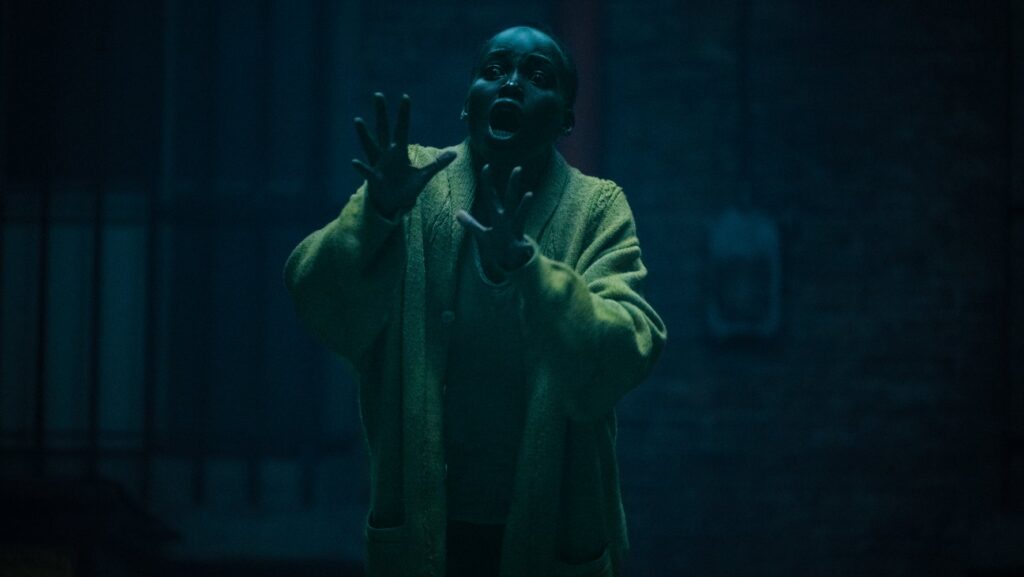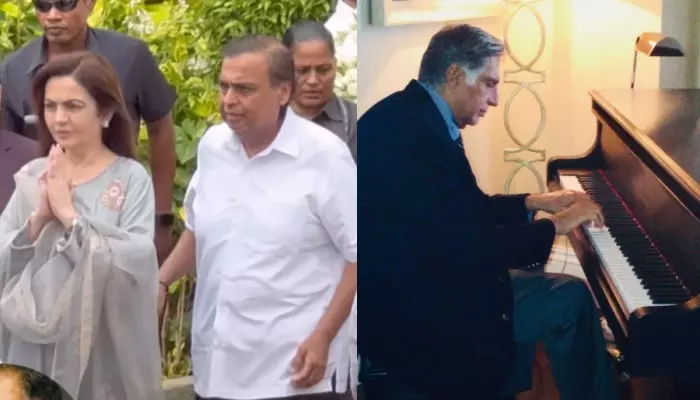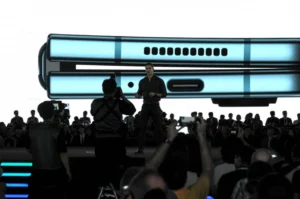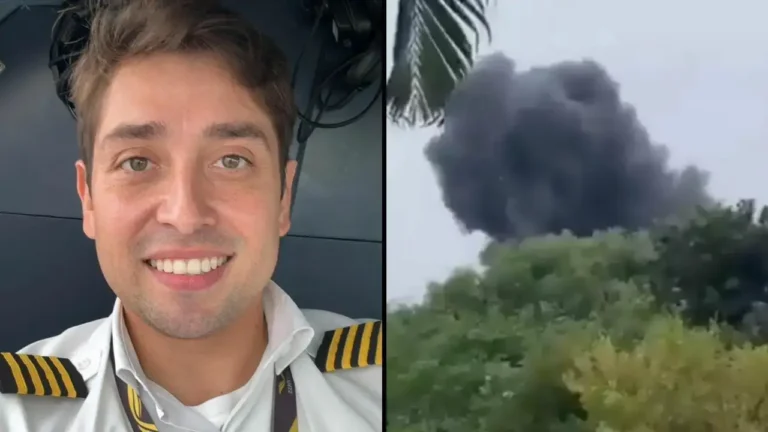It turns out the horror-thriller prequel is great, but it’s not because of its monsters.

In John Krasinski’s A Quiet Place, we’re thrust into an ongoing apocalypse, akin to joining The Walking Dead in Season 4. In its sequel, A Quiet Place Part II, we continue following established characters into the future without retracing our steps. Krasinski consistently pushes forward, yet audiences crave origin tales. Enter breakout writer and director Michael Sarnoski (Pig) with his concept for A Quiet Place: Day One, a spin-off prequel delving into the initial arrival of Krasinski’s lethal extraterrestrials (now dubbed Death Angels) in bustling New York City.
As a prequel, Sarnoski’s film promises to address the why, when, and how of Earth’s descent into chaos at the hands (or claws) of sound-sensitive monsters, aligning with Krasinski’s established horror themes of eerie quietude and relentless extraterrestrial predators.
But as they say, assumptions can lead you astray, don’t they?

A Quiet Place: Day One diverges from Krasinski’s silent survival world, offering a different take on horror-thriller dynamics. It’s less a monster movie and more a poignant tale of two souls finding solace amid chaos. While the prequel features the dreaded invaders that descended upon New York City like an aggressive Santa Con, they’re not as pervasive as expected. Sarnoski refrains from elaborating on these creatures, likened to a hybrid of Starship Troopers bugs and Demogorgons, embracing a Cloverfield-esque mystery where unearthly beings simply arrive and humanity must adapt.
Yet, this unconventional approach proves captivating rather than frustrating. Sarnoski focuses on human experiences within an iconic urban backdrop, diverging from typical evacuation narratives seen in films like Cloverfield or Godzilla. Instead of fleeing to safety, Day One unfolds as two individuals embark on a personal journey amidst the bustling evacuation towards South Street Seaport. This departure from genre conventions adds a surprising layer of depth to the narrative, capturing a poignant and unexpectedly beautiful side of the apocalypse.
The subversion begins early with Lupita Nyong’o’s character, Sam, introduced as a hospice patient counting down her final days. In typical horror fare, protagonists fight desperately for survival, but Sam has made peace with her impending death. She channels her emotions through poetic journaling, unfazed by radio instructions or the chaos unfolding as Death Angels ravage New York City. Sam’s sole reason for venturing into the city was to savor one last slice of traditional NYC pizza from Patsy’s in East Harlem before she passes away — a goal unchanged even amidst the apocalypse. Her acceptance of fate remains steadfast; impending doom does not diminish her simple yet profound craving.
In this narrative framework, Sarnoski crafts a deeply moving drama within the relentless onslaught of a “Monster Attack” scenario. Nyong’o shines as Sam, embodying both the fragility of her condition and the determined resolve to depart life on her own terms with poignant agency. Amidst chaos where others face brutal encounters with Death Angels, Sam quietly traverses from Chinatown to Harlem, recreating a cherished memory from her father’s jazz musician days at a neighboring club, where Patsy’s pizza held sentimental value. Sarnoski forgoes typical action sequences to focus on Sam’s heartfelt quest, revealing the poignant significance of her seemingly simple desire. For Sam, pizza transcends food; it symbolizes a peaceful farewell to life.
















+ There are no comments
Add yours